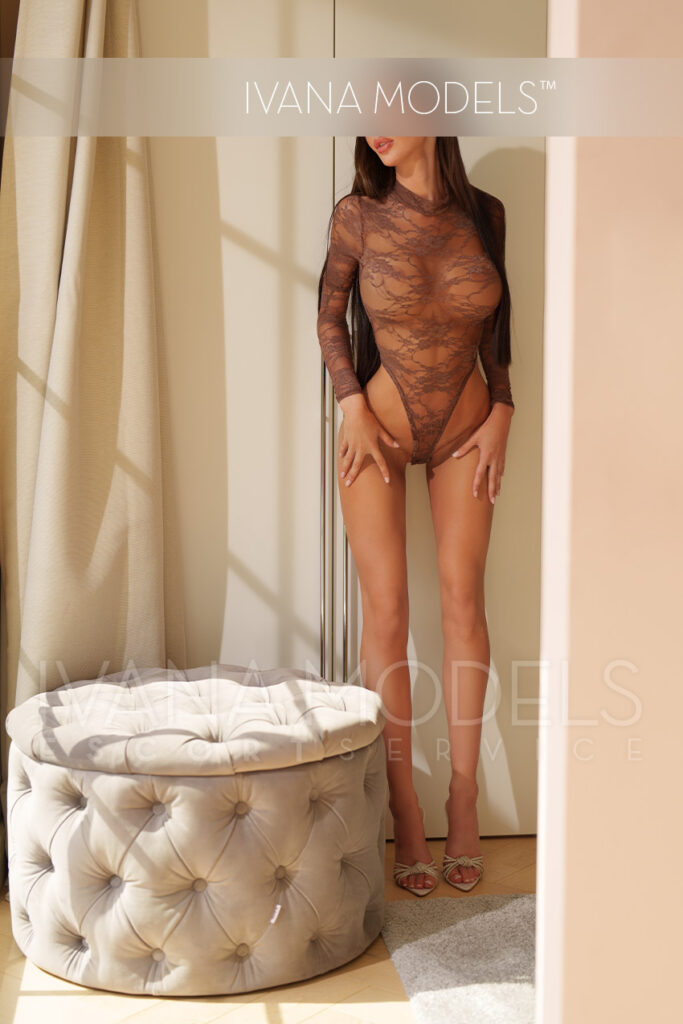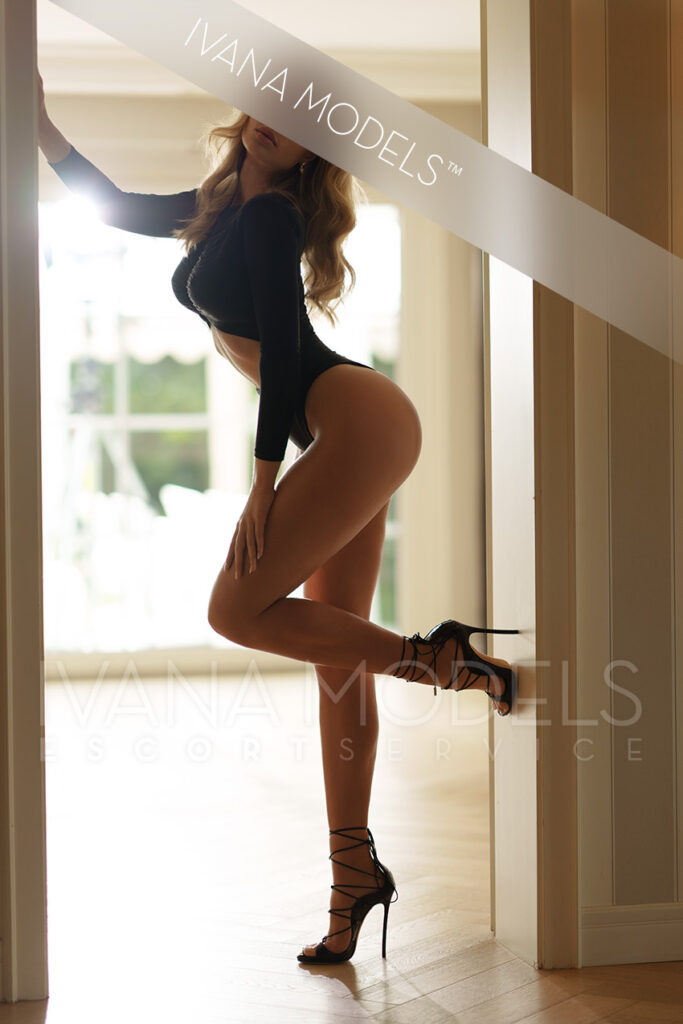Introduction to Intimate Jewellery
What is Intimate Jewellery?
Intimate jewellery refers to ornaments or adornments that are worn on or around the private parts of the body. It’s a way for people to express themselves, decorate their bodies, and sometimes even enhance pleasure. These pieces can be anything from tiny, delicate chains to bold, sparkling gems, and they come in styles to fit every personal taste.
Historical Overview of Body Adornments
While intimate jewellery might seem like a modern trend, body adornments, especially around intimate areas, have been a part of various cultures for centuries. Ancient civilizations, from Egypt to India, have records of people decorating their bodies with jewellery. Some did it for cultural or religious reasons, while others simply enjoyed the beauty and sensuality it added to their appearance.
Types of Intimate Jewellery
Nipple Piercings & Jewellery
One of the more mainstream types of intimate adornments is perhaps Nipple jewellery. Nipple rings and barbells come in a variety of designs, from simple to elaborate. They can be a fashion statement, a personal choice, or even something shared between partners.
Genital Piercings & Jewellery: Men vs. Women
Genital jewellery is more diverse, as it caters to both male and female anatomy.
- For Women: There’s a range of options like the vertical clitoral hood (VCH) piercing, the inner and outer labia piercings, and the triangle piercing. Each has its unique aesthetic and sometimes even sensory benefits.
- For Men: Choices include the Prince Albert, frenum, and guiche piercings, among others. The choice of genital jewellery often depends on individual preference, desired aesthetic, and comfort.
Non-piercing Intimate Jewellery
Not keen on piercings? No worries! There are clip-ons, chains, and other types of non-piercing intimate jewellery. These pieces can offer the allure and beauty of intimate adornments without the commitment of a piercing.
Materials & Safety
Common Materials Used and Their Safety Profiles
Safety first! When it comes to intimate jewellery, the material is crucial. Most commonly used are surgical stainless steel, titanium, niobium, and 14k or 18k gold. These materials are body-safe, meaning they’re less likely to cause allergic reactions or infections when properly cared for.
How to Choose Hypoallergenic & Body-safe Jewellery
Always opt for hypoallergenic materials. This means the jewellery is less likely to cause an allergic reaction. If you’re unsure about what material to choose, always consult with a professional piercer. They can guide you to the best option for your body.
Proper Care and Cleaning for Intimate Jewellery
Keep it clean! Intimate areas are sensitive, so it’s essential to ensure your jewellery is always clean. Use mild, non-alcoholic solutions to clean the jewellery and the pierced area. If you notice any signs of redness, swelling, or unusual discharge, it’s essential to consult with a professional or medical expert.
The Art & Aesthetics of Intimate Jewellery
Expressing Personal Style & Sensuality
Intimate jewellery isn’t just about adornment; it’s a form of self-expression. Whether understated or bold, these pieces can reflect an individual’s personality, sensuality, and confidence. They can be seen as a celebration of one’s body, inviting a personal connection between the wearer and the jewellery.
Cultural and Symbolic Meanings
Across different cultures, body adornments have often held significant meanings. In some societies, intimate piercings symbolize rites of passage, marital status, or even spiritual beliefs. While the significance varies globally, understanding the cultural roots can add depth to one’s appreciation of intimate jewellery.
Intimate Jewellery in the Modern Fashion World
While intimate jewellery was once underground, it’s gradually becoming a recognized fashion trend. Celebrities, influencers, and fashion designers are embracing and promoting intimate adornments, further normalizing and celebrating the art.
The Process of Getting Intimate Piercings
Choosing the Right Piercer: What to Look For
Safety and skill are paramount. When choosing a piercer, it’s essential to research their credentials, read reviews, and perhaps even visit their studio beforehand. A clean environment, professional demeanor, and a portfolio of their work are good indicators.
Pre-piercing Considerations: Placement & Jewellery Selection
Before the needle hits the skin, several considerations come into play. Think about the exact placement and the type of jewellery that will be used. Consider factors like comfort, aesthetics, and any potential interference with daily activities.
Aftercare & Healing Process
Post-piercing care is crucial. Follow the piercer’s aftercare instructions meticulously, which usually involves cleaning with a saline solution and avoiding unnecessary touching. Healing times vary, but ensuring proper care can reduce complications.
Risks & Considerations
Potential Complications of Intimate Piercings
As with any piercing, there’s a risk of complications. These can range from minor irritations to more severe infections. Incorrect placement can also lead to prolonged healing or discomfort.
Signs of Infections or Allergic Reactions
Redness, swelling, and unusual discharge can be signs of an infection. Similarly, if the skin becomes itchy, overly dry, or discolored, it may indicate an allergic reaction to the jewellery material.
Long-term Effects and Removal
While many enjoy their intimate piercings for years, it’s essential to know that some piercings can lead to desensitization or other long-term changes. If removal is desired, consulting a professional is vital to ensure safety.
Sensuality, Intimacy & Intimate Jewellery
Enhancing Pleasure: Myths and Realities
One common notion is that intimate piercings can enhance pleasure. While this can be true for some, it’s not a universal experience. The sensation largely depends on the type and placement of the piercing.
Intimate Jewellery in the BDSM and Kink Communities
Within BDSM and kink cultures, intimate jewellery can hold symbolic and functional purposes. It can represent ownership, devotion, or simply be a tool to heighten pleasure or pain.
Navigating Intimate Moments with Jewellery
Having intimate jewellery means additional care during intimate moments. It’s essential to communicate with partners, be aware of the jewellery’s presence, and ensure that both parties are comfortable and safe.
Frequently Asked Questions about Intimate Jewellery
Is it painful to get an intimate piercing?
This is one of the most common questions, and the answer varies from person to person. Some discomfort is expected, given it’s a piercing, but the level of pain can differ based on the individual’s pain threshold and the specific piercing location. It’s important to note that a professional piercer will employ techniques to minimize discomfort.
How does intimate jewellery affect daily life, from clothing choices to physical activities?
Intimate jewellery can have some influence on daily activities, especially in the initial healing phase. For instance, tighter clothing might irritate a fresh piercing. Physical activities like cycling or horseback riding might need to be approached with caution. However, once healed, most people adapt and find little to no disruption in their daily routines.
Can intimate jewellery enhance sexual pleasure?
The idea that intimate piercings can heighten pleasure is both a myth and a reality. For some, certain piercings can enhance sensitivity or provide additional stimulation, but this isn’t universal. It depends largely on the type, placement, and the individual’s body.
Trends & Innovations in Intimate Jewellery Design
Leading Designers & Brands to Watch
The world of intimate jewellery is ever-evolving, with designers pushing the boundaries of creativity. Some leading names in the industry have gained reputations for their innovative designs, high-quality materials, and artistic flair. It’s always a good idea to stay updated with industry magazines or blogs.
New Innovations in Material & Design
As with all fashion and art, intimate jewellery sees waves of innovation. Recent trends lean towards hypoallergenic materials to reduce the risk of allergic reactions. Designs have also become more intricate, blending traditional motifs with modern aesthetics.
The Future of Intimate Jewellery
The future looks bright as more individuals embrace body positivity and self-expression. We can expect a rise in sustainable materials, tech-integrated designs (like glow-in-the-dark pieces), and designs that cater to diverse cultural backgrounds.
Personal Stories & Testimonials
Real-life Experiences of People with Intimate Jewellery
Hearing from those who’ve taken the journey can be enlightening. From the initial decision, the piercing process, to living with the jewellery, personal accounts offer a rich tapestry of experiences. These stories can provide comfort and insights to those considering intimate adornments.
Cultural Perspectives & Personal Journeys
Intimate jewellery, in many cultures, is more than just a fashion statement. It can symbolize rites of passage, personal achievements, or a connection to one’s heritage. Sharing these cultural narratives can foster understanding and appreciation.
Empowerment & Personal Growth through Intimate Adornments
For many, the decision to get an intimate piercing or wear intimate jewellery is tied to personal empowerment. It can mark a moment of reclaiming one’s body, celebrating a milestone, or simply embracing self-confidence. This journey, for many, is transformative.
Glossary of Terms & Jargon
Barbell: A type of jewellery that consists of a straight bar and a ball on each end. It’s used in various piercings, including intimate ones.
Captive Bead Ring (CBR): A circular ring with a ball or bead that is held by the tension of the ring.
Gauge: Refers to the thickness of the jewellery. The lower the number, the thicker the jewellery.
Lorum: A piercing located at the base of the shaft of the penis, near where it meets the scrotum.
Labret: A piece of jewellery used for lip or cheek piercings, but can also refer to certain genital piercings. It’s a straight barbell with a flat disc on one end and a ball or gem on the other.
Migration: The process of a piercing moving from its original location, often because the jewellery is too heavy or due to other external factors.
Prince Albert (PA): A male genital piercing that enters the urethra and exits through the underside of the glans.
Retainer: A piece of jewellery, often clear or flesh-toned, designed to keep a piercing open when more noticeable jewellery isn’t desired.
Surface Piercing: A type of piercing where the entry and exit points are on the same flat surface of the skin.
Titanium: A hypoallergenic metal commonly used for body jewellery, especially suitable for those with sensitive skin or allergies.
Vertical Clitoral Hood (VCH): A female genital piercing that passes through the clitoral hood vertically.
Bioplast: A type of biocompatible plastic that is often used in body jewellery, especially during the healing process or for those with metal sensitivities.
Note:
The listed sexual preferences in our erotic lexicon are for informational purposes only. The escort model by Ivana Models do not guarantee any specific activities or services. Each lady decides independently and situationally whether to engage in any listed preference. None of the preferences are obligatory or mandatory.










